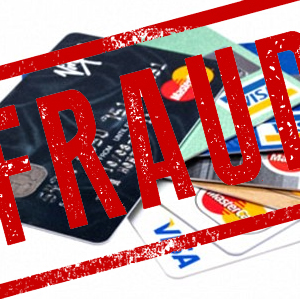
TYPES OF CARD FRAUDS
While using your card, here are some of the types of risks you encounter:
Malware: Malware is software designed to gain access to data from your device such as a computer, phone or ATMs. A fraudster can inject malware to attack a device, say an ATM, to gain access to the device and collect details from your card, whenever swiped or inserted, and misuse it.
Cloning: A fraudster collects the data directly from you card to clone a card with your details. This usually happens when you swipe your card on a PoS terminal which may have been compromised.
Skimming: A fraudster installs a machine or camera at an ATM to collect card information and PIN numbers when customers use their cards. The data may be used to withdraw money.
Phishing: A fraudster sends fake e-mails that look as if they were sent by a bank or the RBI, seeking information such as your account number, ATM PIN and card verification value (CVV) number. If you provide the information, the fraudster uses it to carry out transaction. Vishing and smishing: A fraudster poses as a banker or a central bank executive and calls you to acquire your bank details. In smishing, a customer receives an SMS with a web link, which if clicked, downloads a malicious programme, causing theft of data.
WHAT YOU SHOULD DO
Take precautions and be vigilant while using your credit or debit cards. You can set withdrawal and transaction limits on your cards. Most banks allow you to set a limit through net banking. This way your exposure to fraud will be limited. Also, ensure that you change your password and PIN (personal identification number) regularly. If you get a message from your bank to change the PIN, do it instantly. Before changing the PIN, check if the source of the message is authentic. You should never share your PIN or OTP.
